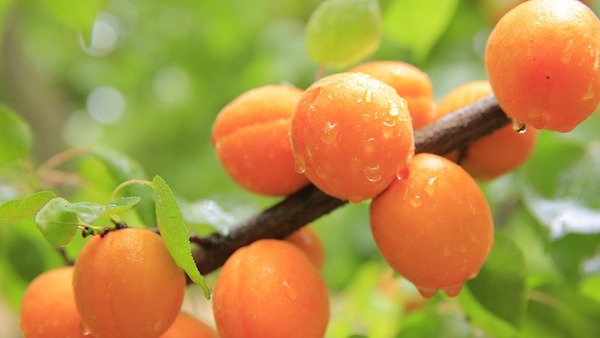These Are The Foods You Shouldn't Store in The Fridge
2016.05.18
The instinct is to keep them in the fridge immediately, but there are some things you shouldn't waste fridge-space with. These foods are meant to be kept outside to preserve its flavor and form. Check out the list below for more:
Maple Syrup will become gritty and congeal if stored in an environment that’s too cold.
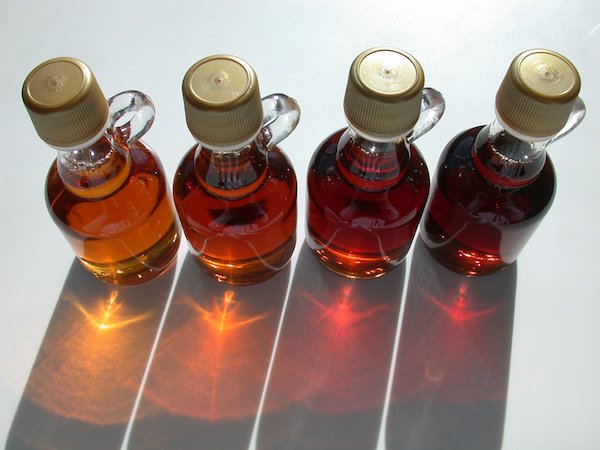
Soy sauce is fermented and is made to withstand warmer temps without spoiling.
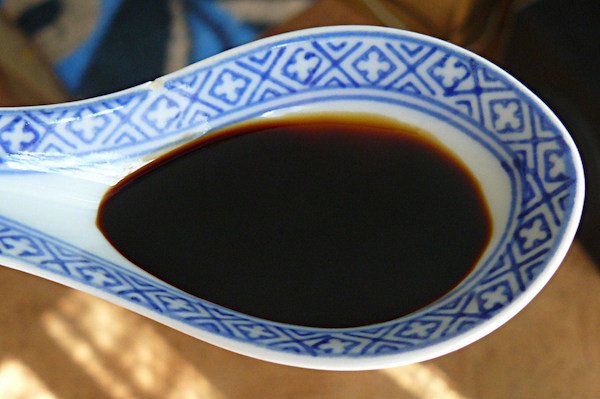
Pickles are made to be a preserved item, so storing them on the shelfs is perfectly fine.
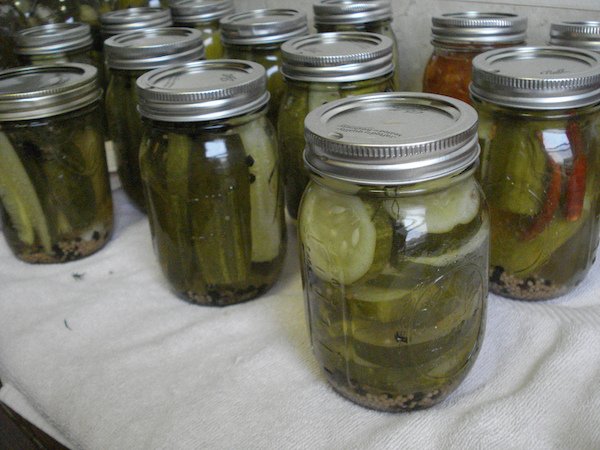
Whole Melons have a protective skin that keeps their insides soft and tasty. Cold temperatures break down their flesh and make them mealy.
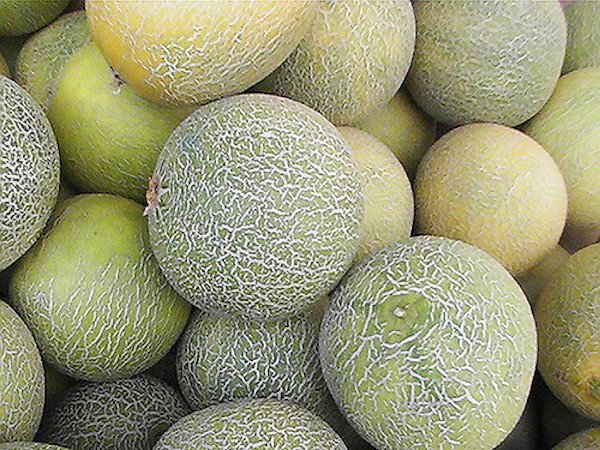
Peppers are bound to get a little flimsy after storing in the fridge.
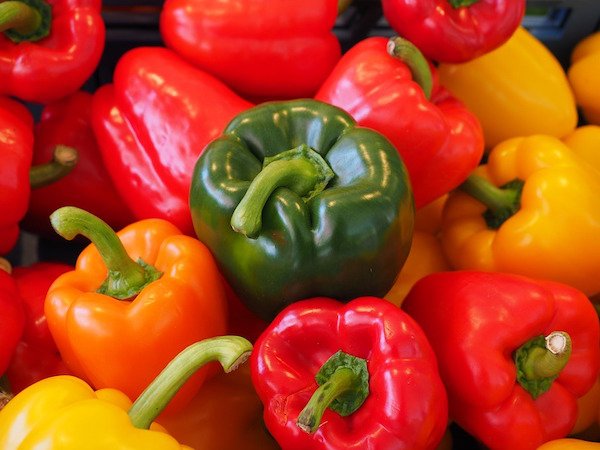
Potatoes, onions and garlic become starchy and difficult to eat in low temperatures.
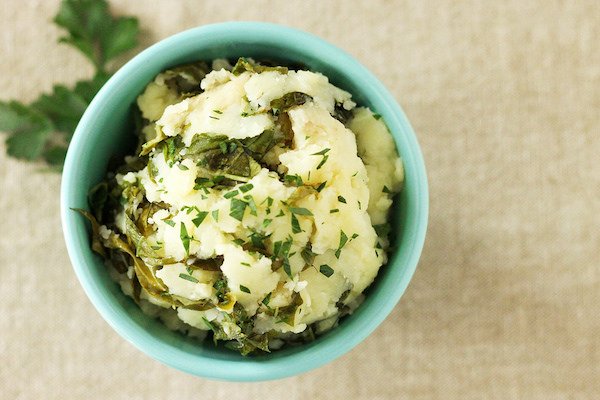
Farm-fresh eggs (sometimes) shouldn’t have need to stash them away.
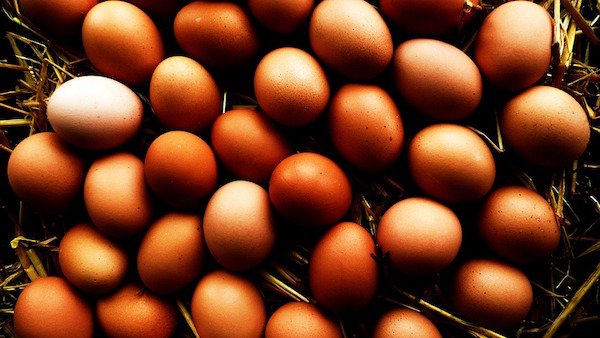
Bread also grows dry and crusty in the fridge.
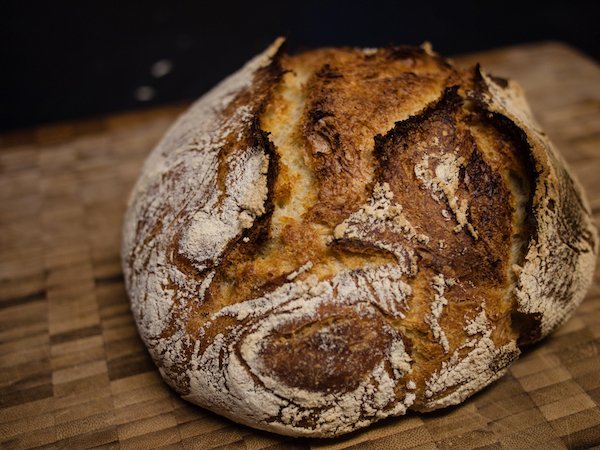
Coffee beans and grounds become dry and flavorless when chilled.
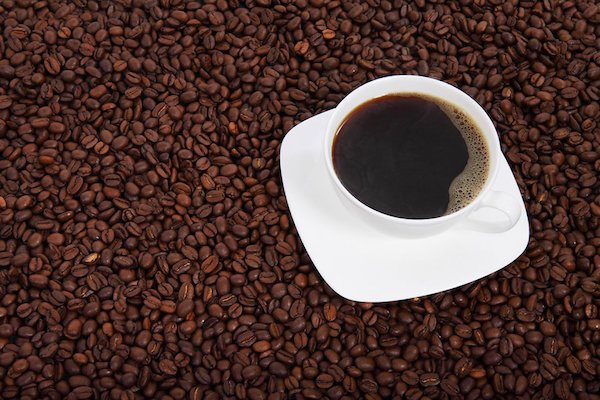
Cake can become dry and crusty in lower temperatures.
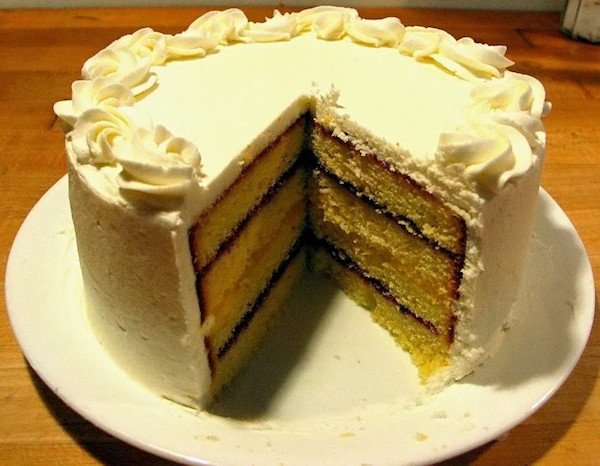
Bananas turn brown and bruise faster when you place them in the fridge.

Hot sauce’s durability is acidity, which can get diluted when placed in the fridge.
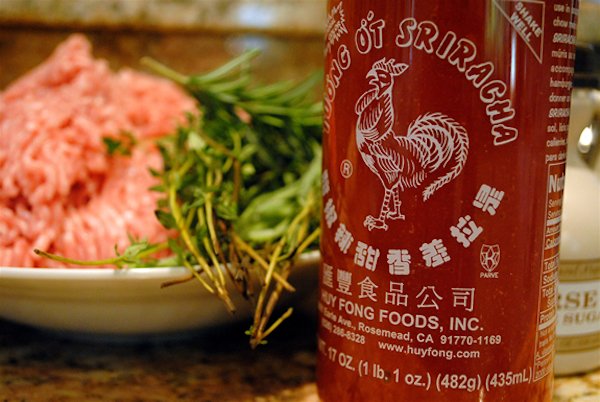
Jellies and jams are made to last, so they’re just as safe on the shelf as they are in the fridge.
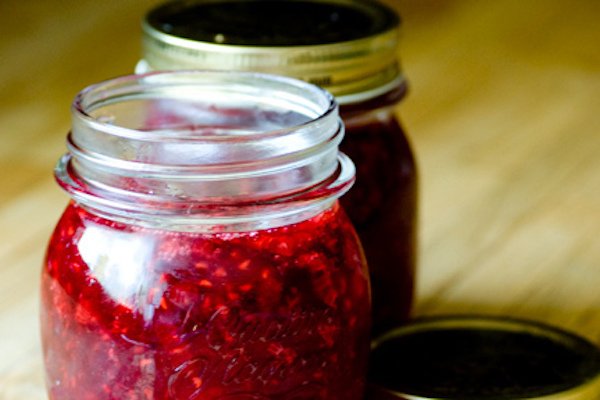
Placing tomatoes in the fridge will drain the flavor from them and ruin the texture.
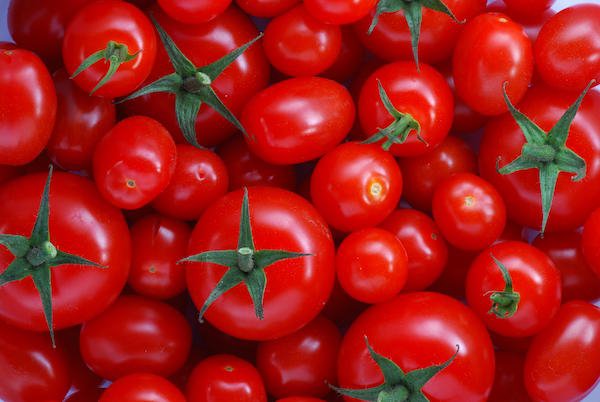
Like maple syrup, cold temperatures will cause honey to crystalize or congeal.
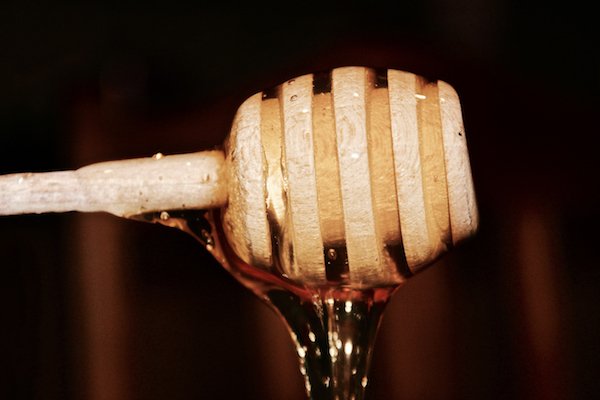
Unless an avocado is on the brink of over-ripening, it should be left out as is.
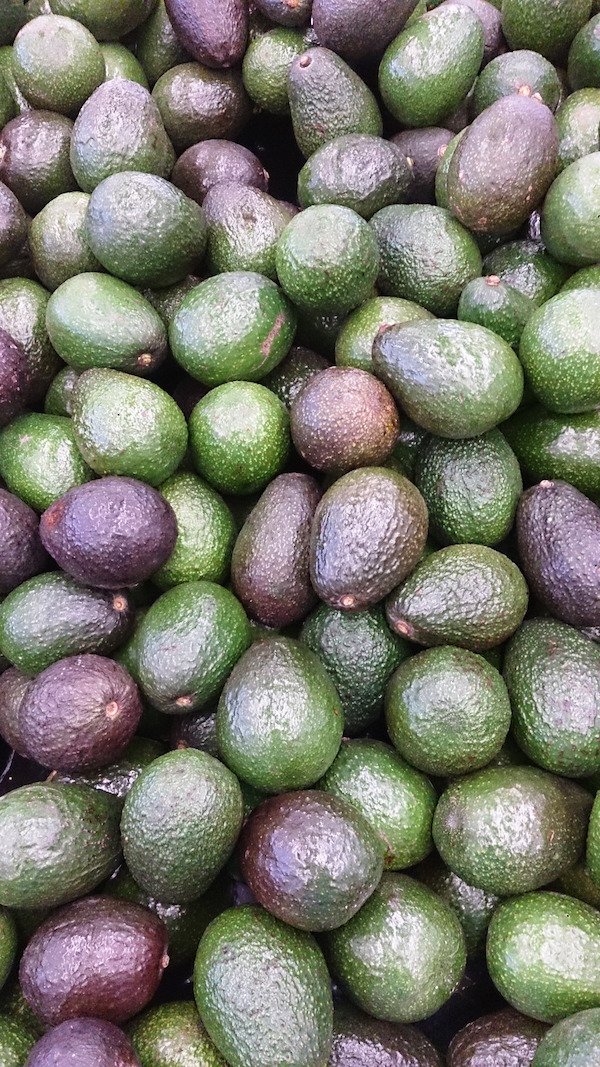
Oranges, lemons and limes all share tough skins meant to help them tolerate warm environments.
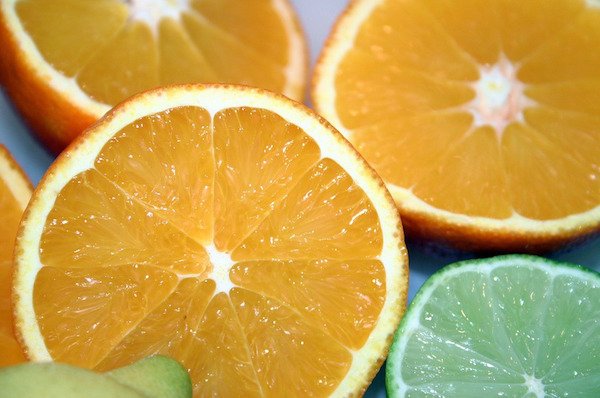
Apples, pears, peaches, nectarines, cherries & plums tend to do better at room temperature.
More Articles
Copyright © Fooyoh.com All rights reserved.
